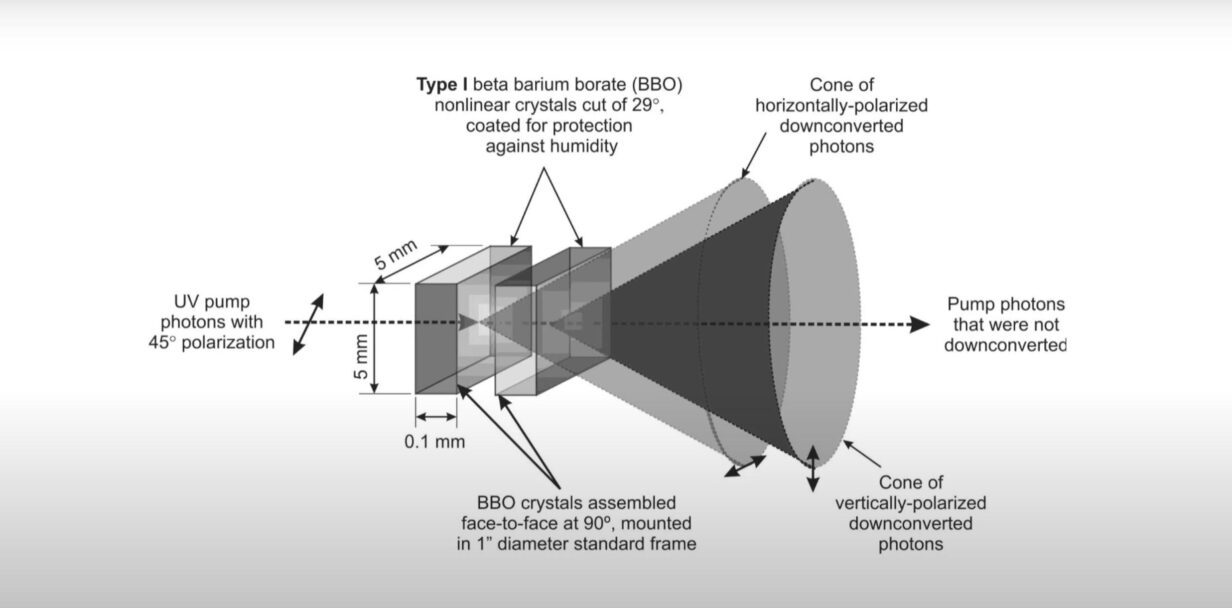
The thickness of the BBO (β-Barium Borate) crystal can have a significant impact on the process of generating photon quantum entanglement.
The choice between 0.1 mm and 1 mm thickness must take into account the specific requirements of the quantum entanglement experiment. For example, for a greater likelihood of successful generation of entangled photons, a thinner crystal is often preferred to ensure precise phase matching.
The thickness of the BBO (β-Barium Borate) crystal can have a significant impact on the process of generating photon quantum entanglement. The choice between 0.1 mm and 1 mm thickness can have the following consequences:
Phase-matching efficiency: Crystal thickness affects the phase-matching for optical generation of entangled photons. A thin crystal can provide more precise phase matching, which can be important for the photon entanglement process.
Signal Intensity: Thickness also affects the intensity of the signal passing through the crystal. A thin crystal may produce a weaker signal due to the lower optical density of the material, while a thicker crystal may produce a stronger signal.
Controlling phase degradation: Depending on the experimental conditions, a thicker crystal may be more resistant to phase degradation at high light intensities.
Spatial coherence: Crystal thickness can also affect the spatial coherence of photons, which can be important for certain quantum applications.
